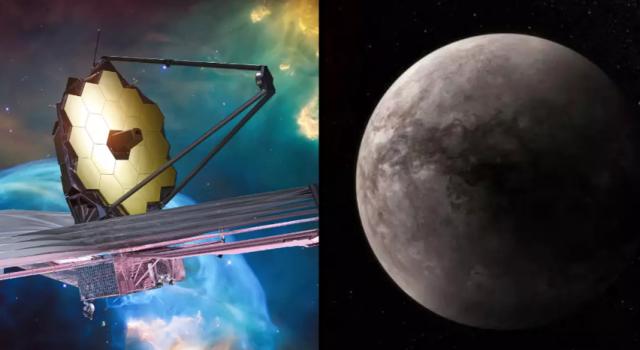In a groundbreaking discovery, the James Webb Space Telescope, operated by NASA, has made a remarkable find: light on an Earth-like planet. This cutting-edge deep space telescope, launched in 2021, has been traversing through the vast expanse of space, constantly unraveling new mysteries of the cosmos.
The James Webb Space Telescope stands as a testament to human ingenuity, regularly beaming back awe-inspiring images to NASA headquarters, revealing celestial wonders beyond our natural vision. Notably, it has also played a pivotal role in unraveling the enigma of black holes, challenging previously held scientific beliefs.
In its latest feat, the Webb telescope has built upon the groundwork laid by NASA's infrared Spitzer Space Telescope. In 2016, the Spitzer identified seven planets orbiting a single star, known as Trappist-1 within the scientific community. Situated approximately 40.7 light-years away from Earth, this star was first observed 24 years ago.
The recent focus of investigation has been on TRAPPIST-1 b, a planet akin to Earth in composition and size. This groundbreaking research marks the first instance of detecting emitted light from a planet beyond our solar system, a feat accomplished through the use of Webb's Mid-infrared Instrument (MIRI), which specializes in detecting infrared light.
"This discovery is a significant stride in understanding whether planets orbiting small, active stars like TRAPPIST-1 can maintain atmospheres conducive to supporting life," stated NASA in a release. "It also underscores the potential of Webb's MIRI in characterizing Earth-sized exoplanets with temperate conditions."
Thomas Greene, an astrophysicist at NASA’s Ames Research Center and lead author of the study published in Nature, remarked, "These observations truly harness Webb's mid-infrared capabilities. No previous telescopes possessed the sensitivity required to measure such faint mid-infrared light."
However, despite this remarkable find, TRAPPIST-1 b falls short of supporting life due to the absence of an atmosphere. Scientists deduced this by analyzing both sides of the planet, with one perpetually in darkness and the other facing its star continuously. Additionally, its scorching temperature of approximately 232 degrees Celsius renders it inhospitable for life as we know it.
Nevertheless, TRAPPIST-1 b's unique characteristics shed light on the diversity of exoplanets and their potential habitability factors. Webb's ongoing exploration offers hope of discovering other planets that may harbor conditions conducive to life, akin to our own.

